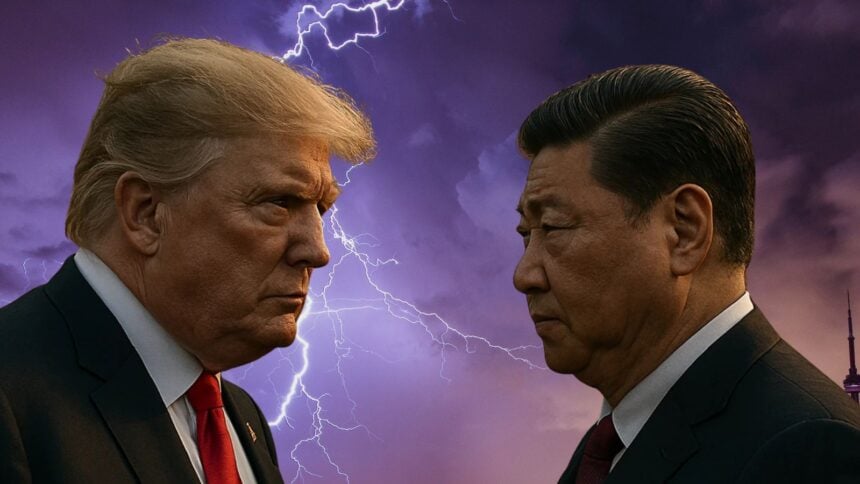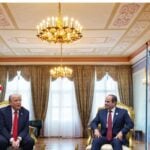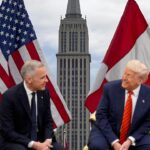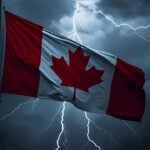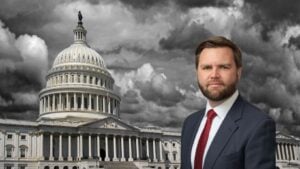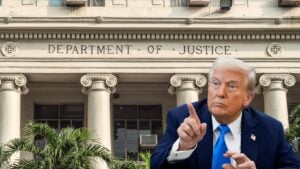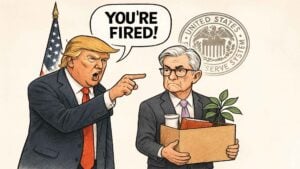The prospect of Chinese curbs on rare-earth exports is back at the center of global trade politics after President Donald Trump warned over the weekend that Beijing could further restrict shipments of materials critical to chips, electric vehicles and defense hardware.
The warning follows China’s latest move to expand licensing requirements on rare earths and permanent magnets that contain even trace Chinese content, raising the risk of fresh bottlenecks for manufacturers with long, complex supply lines.
China dominates processing of rare earth elements and has used that leverage before, which is why any shift in policy draws outsize attention from boardrooms and trading floors.
The new controls, laid out by the Ministry of Commerce last week, formalize tighter screening of exports rather than an outright ban.
The gap in interpretation matters less to markets than the practical effect, longer lead times, higher compliance costs and less certainty for buyers that need predictable flows of neodymium, dysprosium and terbium.
The U.S. has one major domestic rare-earth mine, with most of the value-added separation and metal making still concentrated in China.
Australia’s production offers some buffer, and projects in Canada and the U.S. Southwest remain in development, but timeline risk is real.
Policymakers in Ottawa have argued for upstream resilience in strategic minerals for more than a year, including debates over what Ottawa sees in copper.
The same playbook now applies to rare earths, diversify feedstock, subsidize midstream processing, secure offtake, and build stockpiles where substitution is impossible.
Defense primes need specialized alloys and components that have few ready substitutes that is why the policy community has treated rare earths as a strategic choke point since the early 2010s, when a World Trade Organization panel faulted China’s export quotas and tariffs on these materials.
Procurement teams are revisiting supplier certifications and asking for tighter contract language on export license obligations and force majeure.
Semiconductor equipment firms are modeling scenarios that assume delays in magnet assemblies. Funds with exposure to miners and refiners are reassessing weightings.
Flows into metals strategies picked up as bullion rallied and Sprott launches an active metals and miners fund attracted attention.
The rare-earth story is distinct from gold, but it channels the same theme: scarcity premiums accrue to the parts of the chain outside China.
The administration has threatened higher tariffs and broader controls on China facing technologies if supply disruptions intensify.
Beijing has signaled it will license compliant civilian exports while reserving discretion on what qualifies that gives each side negotiating leverage but injects persistent uncertainty for companies that plan capital expenditure on 7 to 10 year horizons.
Asian manufacturers with diversified magnet supply and multi country assembly footprints could gain share if licensing turns into a hard constraint.
European buyers face the same bottlenecks but with fewer domestic alternatives, which argues for cautious assumptions on lead times into 2026.
Canada’s clean-tech manufacturers and auto suppliers sit in a delicate spot. Ottawa has already delayed parts of its vehicle policy to reflect global trade realities, as when it hits pause on EV mandate.
If rare-earth licensing hardens into durable limits, expect more emphasis on North American content rules, a push for processing hubs near existing mining districts, and fresh incentives tied to supply chain traceability.
